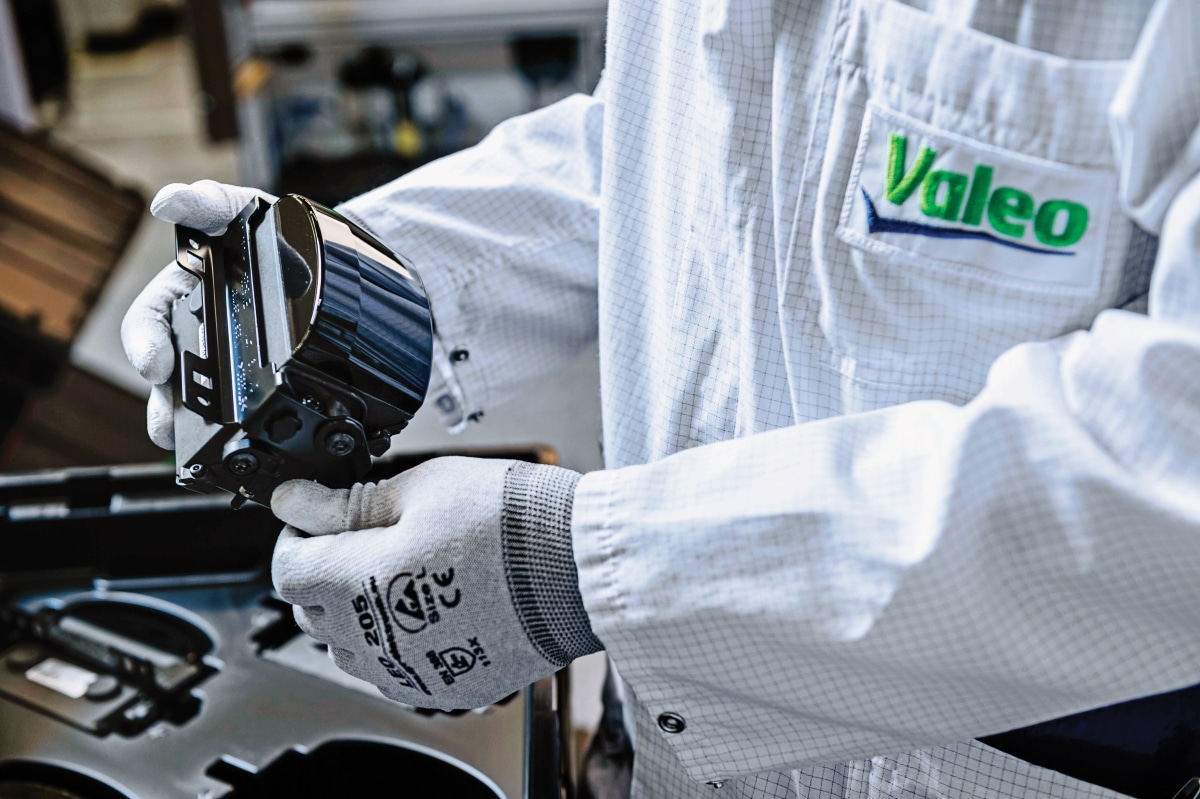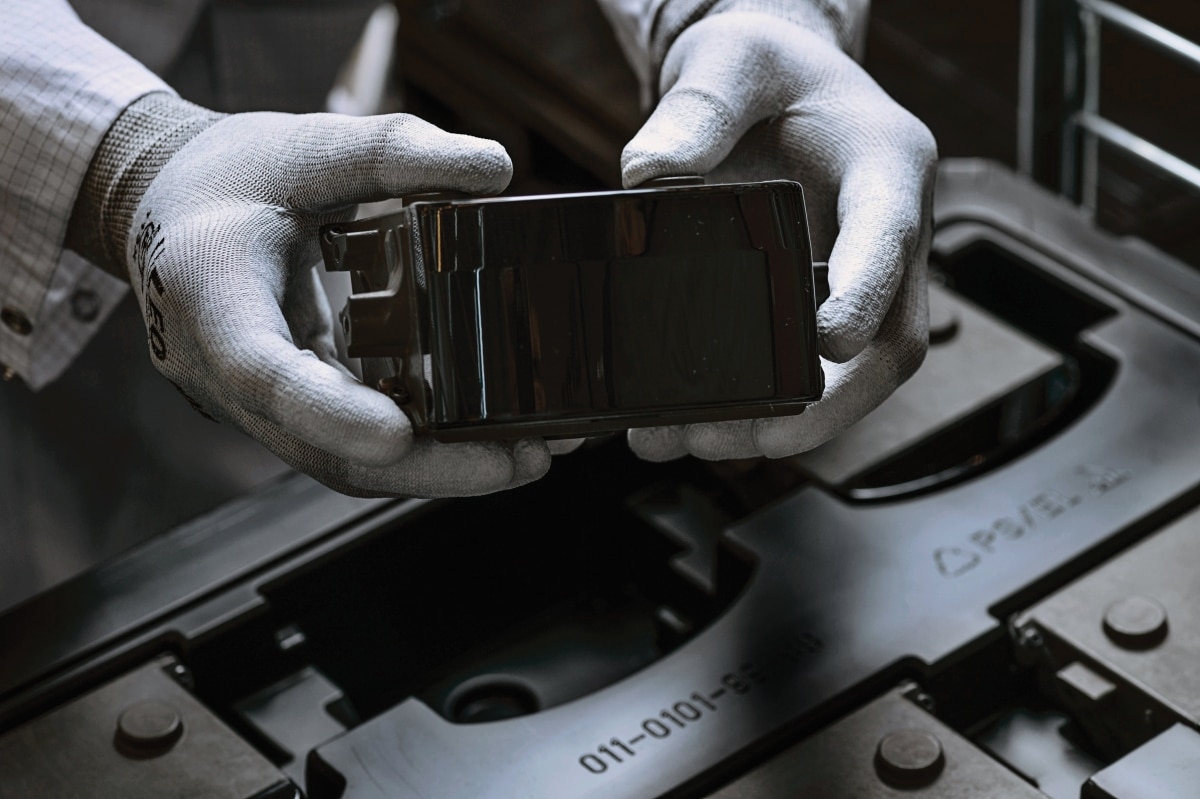The new generation Valeo LiDAR could hit the market in 2024. Deepti Thore brings out the latest advancements.
Advanced Driving Assistance Systems (ADAS) are headed towards level 3 automation. Case-in-point, the third generation scanning Light Detection And Ranging (LiDAR) capability from Valeo. Set to hit the market in 2024, it made its debut at the recently held CES 2022 (Watch out for the CES 2022 Auto Components Special in our upcoming issue). The company is known to have earmarked USD 50 bn in a phase wise investment strategy leading up to 2030. Talking about this new generation scanner, Geoffrey Bouquot, Senior Vice-President, R&D and Strategy, Valeo, said, “Valeo’s third-generation LiDAR is a major technological advancement toward the fully-autonomous vehicle.” “This upgrade strengthens Valeo’s technological and industrial leadership in the field, when it was already the only supplier on the market currently series-producing an automotive-grade LiDAR scanner,” he opined. By introducing this new technology, Valeo’s objective is to save lives on the road, he stated.
Designed and manufactured by Valeo, the LiDAR system can be broken into the hardware, the software and the associated Artificial Intelligence (AI). This technology has the “brain” that combines collected data and enables the vehicle to instantly make the right decision. Produced in Germany at Valeo’s Wemding plant, in Bavaria, the new LiDAR is equipped with software claimed to automatically adapt to the environment and improve its performance over time through regular Over The Air (OTA) updates. Claimed Bouquot, its components are assembled with micron level precision. Over 300 engineers were deployed by Valeo and these resources were dedicated solely to the LiDAR development. Notably, over 500 patents are known to have been filed. The project is backed by state-of-the-art plant production lines that exploit Valeo’s expertise in optics, mechanics and photonics (the branch of physics that focuses on the emission and detection of light particles, or photons).
Capability and key features
LiDAR has the capability to work like radar with the exception of being able to use light beams. Claimed to be cutting-edge, the technology combines a broad field of vision with a vast detection range further boosting the safety levels in autonomous driving. Apart from technical benefits, the LiDAR stands out with what the company claims is an affordable price tag. With significant enhancements to range, resolution and frame rate, the new technology reconstructs a 3D image, in real-time. The image rendered is of the vehicle’s surroundings at a rate of 4.5 mn pixels and 25 fps. Compared to the previous generation, the resolution has jumped 12-fold. The range by three-fold and the viewing angle by 2.5-fold.
It’s unique perception capabilities are claimed to pick up signals missed by humans, cameras and radars. This means that driving can be delegated to the vehicle in many situations (level 2 automation and above), including on the highway at speeds of up to 130 kmph. The L3 scanning LiDAR can manage emergency situations with high autonomy. Not only does the LiDAR detect, recognise and classify all objects located around the car, but if the objects are moving, it also detects their speed and direction. Easily adaptive to all light conditions, bright light or pitch black, it also measures the density of raindrops to calculate the right braking distance.
The LiDAR is capable of detecting approaching vehicles and beyond to include vehicles no longer in the driver’s line of sight. Using advanced algorithms, it is claimed to anticipate their trajectories and trigger the necessary safety manoeuvres. Passenger safety and pedestrian safety are both high on the agenda. It is well integrated into the cloud.
Valeo has also added another LiDAR to its existing collection of long-field vision range scanners.Valeo’s NFL (Near Field LiDAR) made its world premiere at the CES 2022 show too. Claiming to be the only company to mass produce scanning LiDAR on an industrial scale and already had them installed in cars, Valeo is known to have produced over 1.5 lakh units with a 99 per cent on-road coverage when it comes to LiDAR equipped cars. The company expects up to 30 per cent of premium new vehicles to reach level 3 automation by 2030 as per Bouquot. Autonomous shuttles, robotaxis, delivery droids, autonomous trucks or the agriculture, mining and infrastructure sectors also fall within its purview making for a strong business use case. ACI
Also read, Valeo expands R&D team in India to keep pace with disruptive automotive trends

















